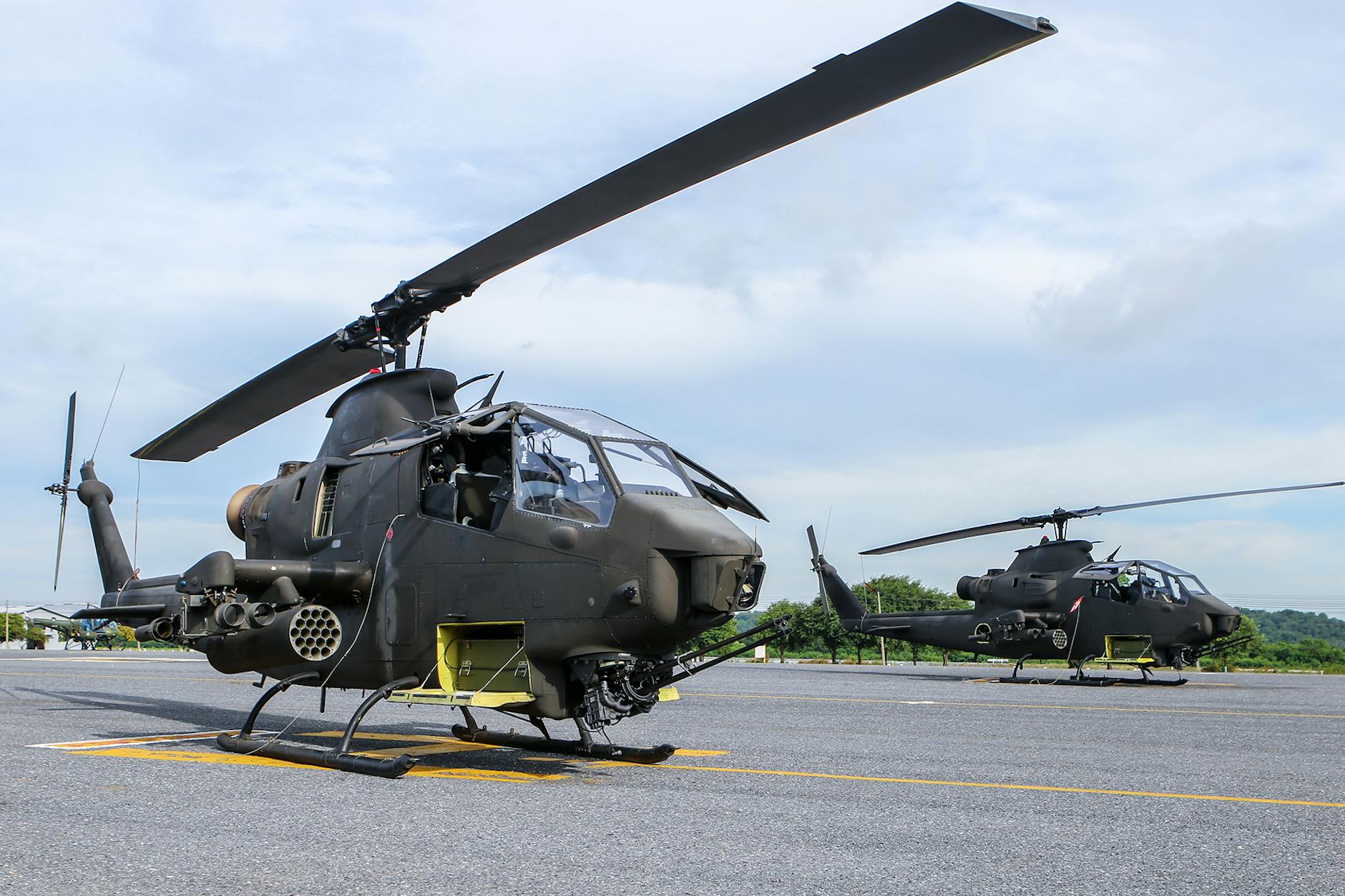IAF Apache Chopper Makes Emergency Landing—Crew Walks Away Unhurt
You know how we always say “touch wood” when talking about flight safety? Well, the Indian Air Force just showed why they don’t need luck—just skill. This Friday, an Apache attack helicopter had to make an unplanned landing near Saharanpur after something went wonky mid-flight. And here’s the kicker: both pilots walked away without a scratch, and the bird didn’t even get a dent. That’s not just good training—that’s the IAF for you.
What Actually Happened Near Saharanpur?
So here’s the scene: It was a regular training run—the kind our boys do every other day. Then suddenly, warning lights start flashing in the cockpit. You know that moment when your car’s “check engine” light comes on? Multiply that by a hundred, and you’ve got what these pilots faced. But here’s the thing—they didn’t panic. Followed protocol to the letter, found an open field, and put her down smooth as butter. No drama, no fuss.
How the Crew Played It Cool
Let me break it down for you:
- First, they talked to ATC without missing a beat—calm voices, clear words
- Then, they picked their landing spot carefully—away from villages, no collateral risk
- After touchdown? Secured the aircraft like they were parking a scooter
Ground teams reached within what—30 minutes? Maybe less. By afternoon, the chopper was back at Sarsawa Air Station. That’s military efficiency for you.
Why This Matters More Than You Think
Okay, so no one got hurt—great. But here’s what’s really impressive: This wasn’t some rookie crew. These are pilots who train for worst-case scenarios until reactions become instinct. Remember that time your phone slipped and you caught it before it hit the ground? That’s muscle memory. Now imagine doing that with a 5-ton war machine.
And before you ask—no, they’re not telling us exactly what went wrong. Military ops and all that. But insiders say it wasn’t pilot error. Probably some sensor acting up—these Apaches are packed with more electronics than a Delhi grey market shop.
Not the First Rodeo
This isn’t the Apache’s first hiccup. Last year, one had a rough landing during exercises—no injuries then either. Some desk jockeys will start questioning maintenance schedules now. But ask any airman: if you’re not having occasional tech snags, you’re not flying hard enough. These machines get worked like donkeys during Diwali deliveries.
How the IAF Keeps These Birds Flying
Three words: checks, checks, and more checks. Before flights, after flights, during full moons—you name it. There’s a whole army of technicians who know every bolt in these helicopters better than their kids’ school timetables. Plus, the onboard computers monitor systems in real-time—like a Fitbit for attack choppers.
What Makes Apaches Special Anyway?
Since we got these bad boys in 2019, they’ve been our go-to for border patrols. Night vision? Check. Tank-busting missiles? Obviously. That whole India-China standoff last year? Apaches were front and center. It’s like having a sniper rifle that can also do backflips.
What the Experts Are Saying
One IAF officer put it best: “This is why we train—so bad days become normal days.” And an aviation blogger I spoke to said something that stuck with me: “You judge an air force not by its accident rate, but by its walk-away rate.” Makes sense, no?
The Bottom Line
At the end of the day, here’s what counts: Our pilots came home safe, our equipment held up, and the system worked exactly like it’s supposed to. These things will happen when you’re operating machines at the edge of their limits. But as long as the IAF keeps turning potential disasters into routine paperwork, we can all sleep a little easier.
FAQs
Should we be worried about more technical issues?
Look, these are complex machines—if your smartphone can glitch, so can a helicopter. The important part is how issues get handled.
How often do emergency landings happen?
More than you’d think, less than you’d fear. Most don’t even make the news.
What’s next for this particular Apache?
Probably a thorough check-up, some tweaks, and back to work. These birds don’t get sick days.
References
[Official IAF release] | [Local news reports from Saharanpur] | [Aviation expert interviews]













2 thoughts on “IAF Apache Helicopter Safe Landing After Technical Snag”